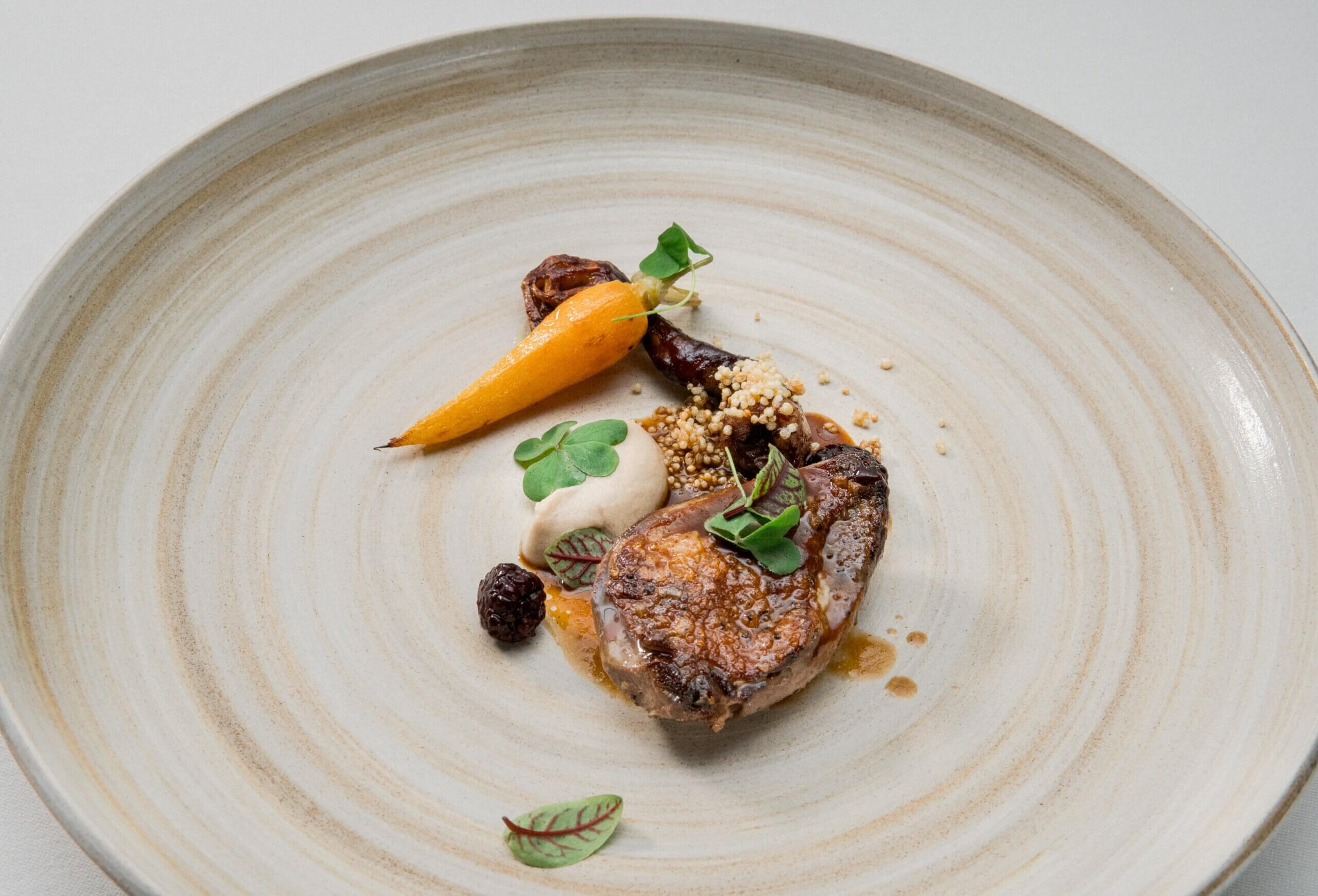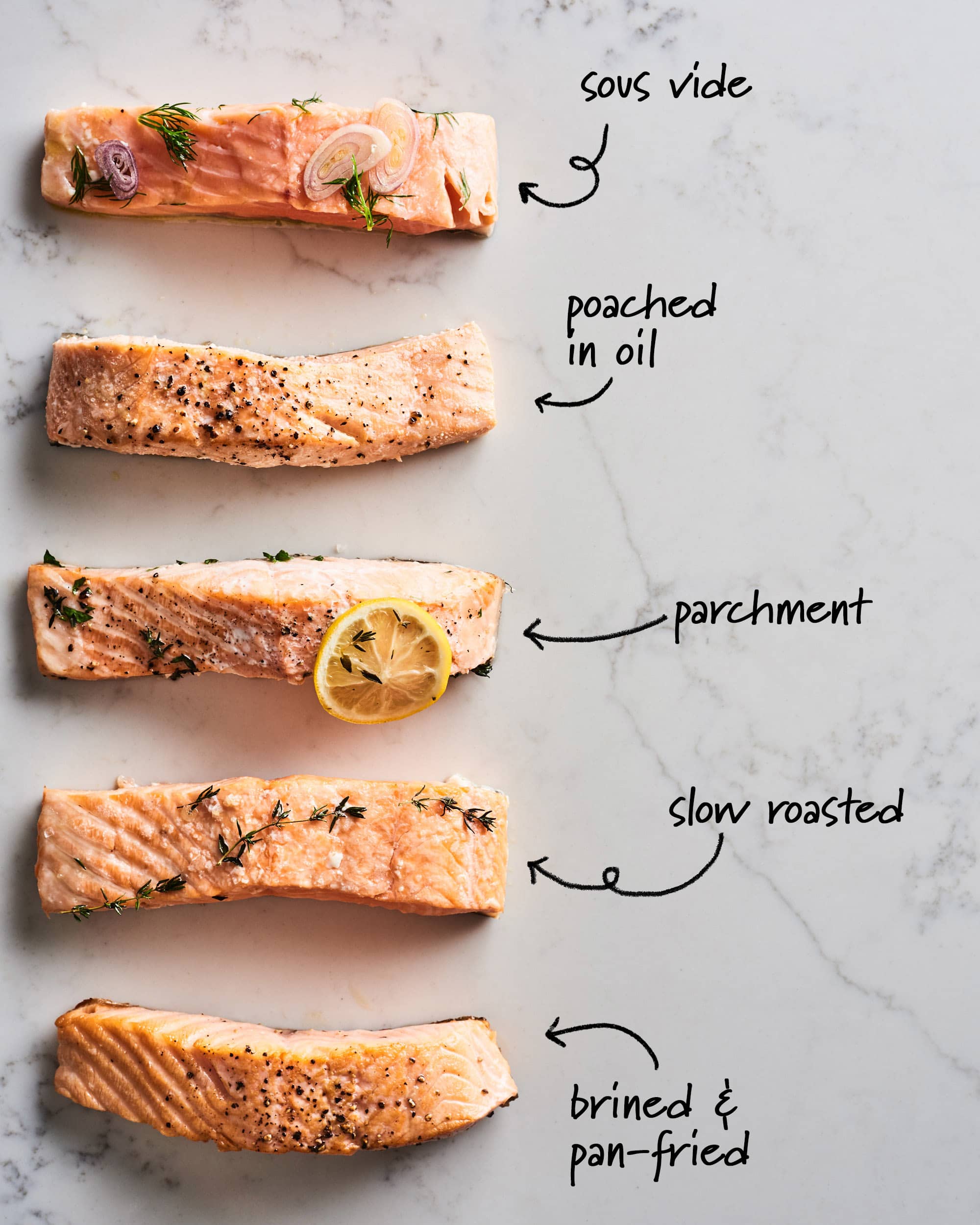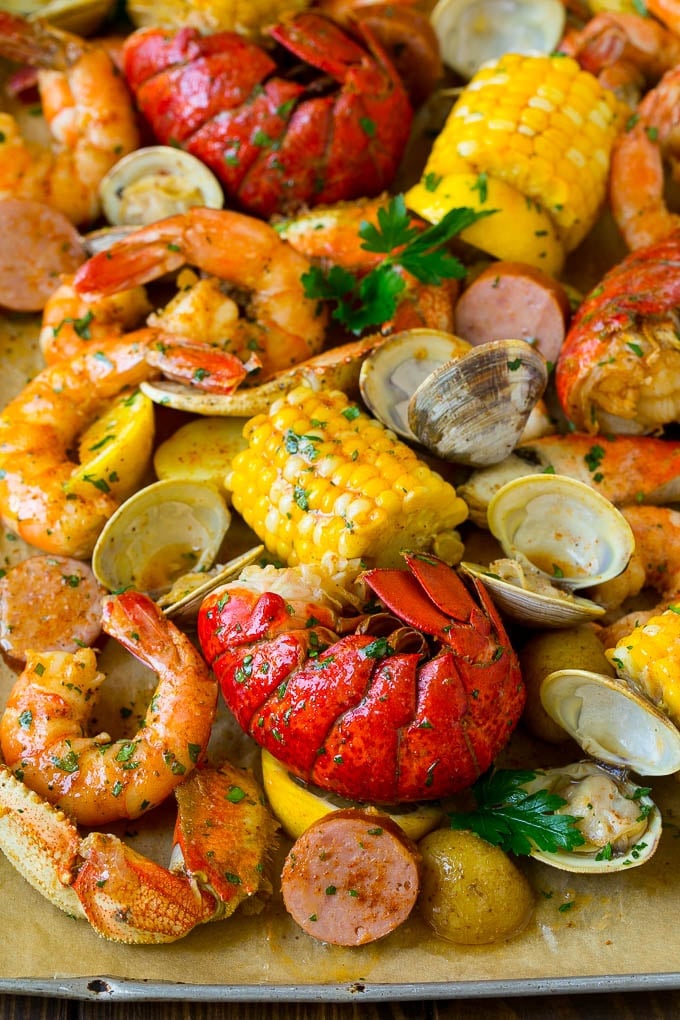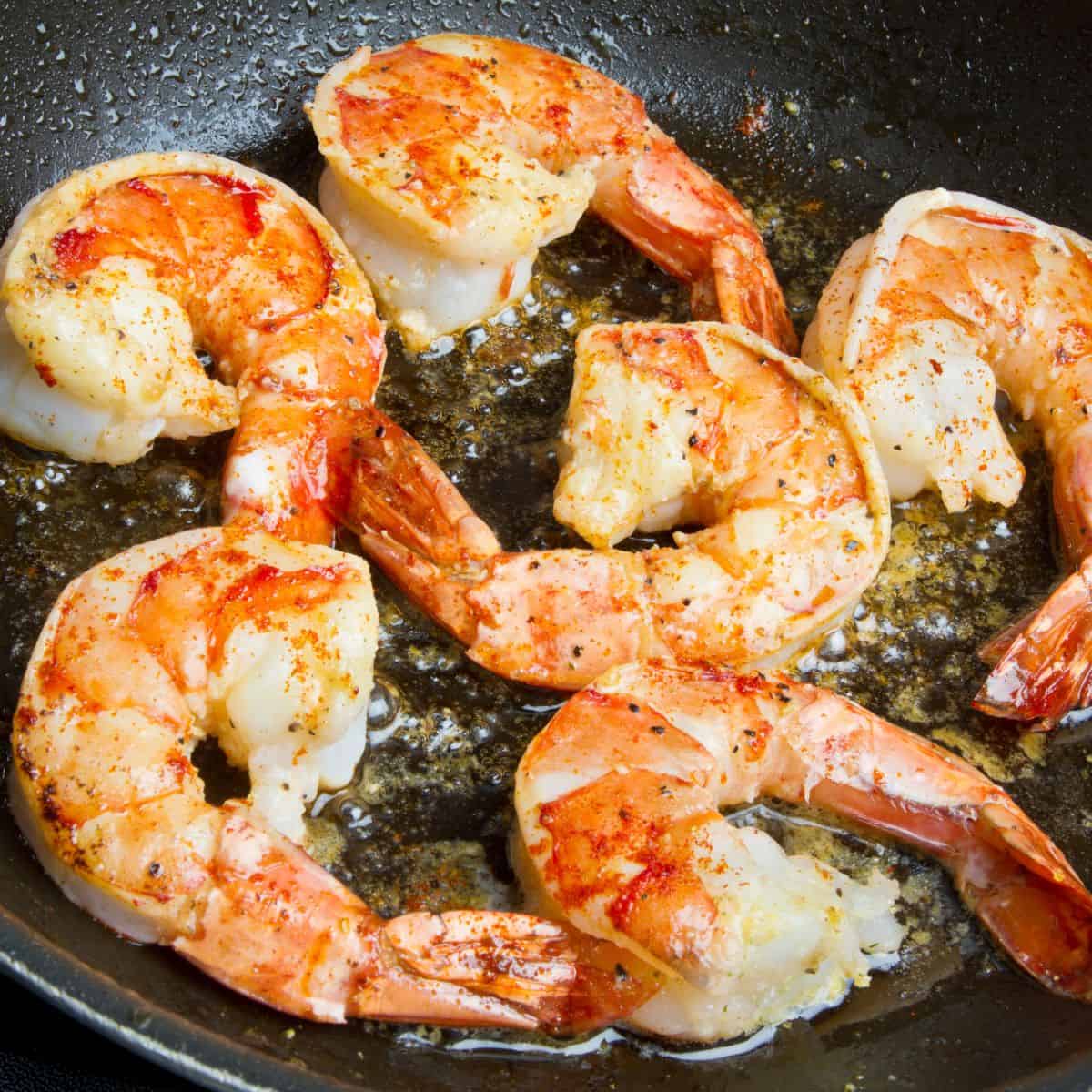Unlocking the Secrets of Raw Scallops: A Delicate Gastronomic Journey
– Scallops can be enjoyed raw, but there are potential risks involved.
– Raw scallops can harbor harmful bacteria that can cause foodborne illnesses.
– Cooking scallops thoroughly by searing, grilling, or boiling them helps minimize the risk.
– Consuming raw scallops can lead to health issues such as diarrhea, vomiting, abdominal pain, and bloodstream infections.
– Individuals with compromised immune systems, pregnant women, children, and the elderly are particularly vulnerable.
– It is recommended to cook scallops until they reach an internal temperature of 145°F (63°C).
– There are alternatives to consuming raw scallops, such as seared scallops, scallop ceviche, and scallop sushi rolls.
– Fresh scallops should have a mild oceanic scent and appear plump and moist. Avoid scallops with a strong fishy smell or slimy texture.
– Raw scallops can be frozen if properly wrapped to prevent freezer burn, and they should be used within three months for optimal quality.



